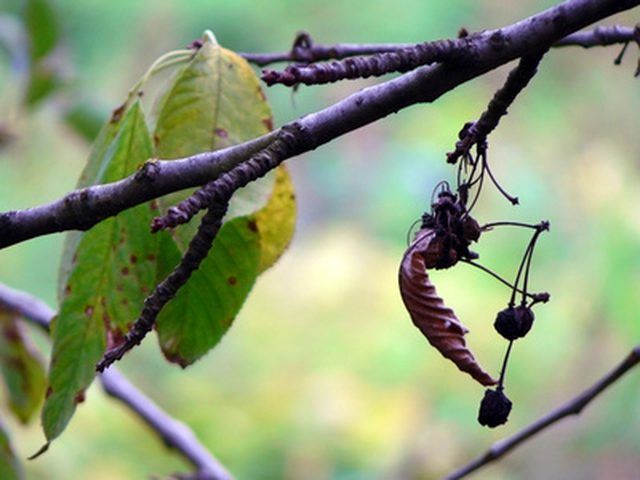Bulbs
Flower Basics
Flower Beds & Specialty Gardens
Flower Garden
Garden Furniture
Garden Gnomes
Garden Seeds
Garden Sheds
Garden Statues
Garden Tools & Supplies
Gardening Basics
Green & Organic
Groundcovers & Vines
Growing Annuals
Growing Basil
Growing Beans
Growing Berries
Growing Blueberries
Growing Cactus
Growing Corn
Growing Cotton
Growing Edibles
Growing Flowers
Growing Garlic
Growing Grapes
Growing Grass
Growing Herbs
Growing Jasmine
Growing Mint
Growing Mushrooms
Orchids
Growing Peanuts
Growing Perennials
Growing Plants
Growing Rosemary
Growing Roses
Growing Strawberries
Growing Sunflowers
Growing Thyme
Growing Tomatoes
Growing Tulips
Growing Vegetables
Herb Basics
Herb Garden
Indoor Growing
Landscaping Basics
Landscaping Patios
Landscaping Plants
Landscaping Shrubs
Landscaping Trees
Landscaping Walks & Pathways
Lawn Basics
Lawn Maintenance
Lawn Mowers
Lawn Ornaments
Lawn Planting
Lawn Tools
Outdoor Growing
Overall Landscape Planning
Pests, Weeds & Problems
Plant Basics
Rock Garden
Rose Garden
Shrubs
Soil
Specialty Gardens
Trees
Vegetable Garden
Yard Maintenance
Brown Spots on Azalea Leaves
Brown Spots on Azalea Leaves. Brown spots on Azalea leaves are common yet treatable. With the right knowledge, you can prevent brown spots on the leaves of your Azalea plant and take proper steps to inhibit them from returning.

Brown spots on Azalea leaves are common yet treatable. With the right knowledge, you can prevent brown spots on the leaves of your Azalea plant and take proper steps to inhibit them from returning.
Disease
Brown spots on Azalea leaves are commonly caused by a fungal disease known as Colletotrichum Azaleae. According to umassgreeninfo.org, this fungus causes round brown areas visible on both the upper and lower surfaces of infected leaves.
Environment
Another cause of brown spots on Azalea leaves comes from environmental factors. Gardening Know How claims that frost damage, nutrient deficiencies, inappropriate watering and too much or too little light can all cause discolorations on the leaves. It is important to consider these possibilities when deciding where to position your plant.
Prevention/Solution
Protect the plant from frost, feed it nitrogen and iron, provide the plant with an inch of water per week and protect it from too much sunlight. By taking these precautions, you can avoid browning on the leaves. If these steps have been taken and there are still brown spots on the leaves, it is most likely from Colletotrichum Azaleae. According to umassgreeninfo.com, the best way to prevent this disease is to fertilize and water the plant, surround it with mulch, and maintain a proper soil pH level. Remove infected leaves and prune the limbs to promote circulation.